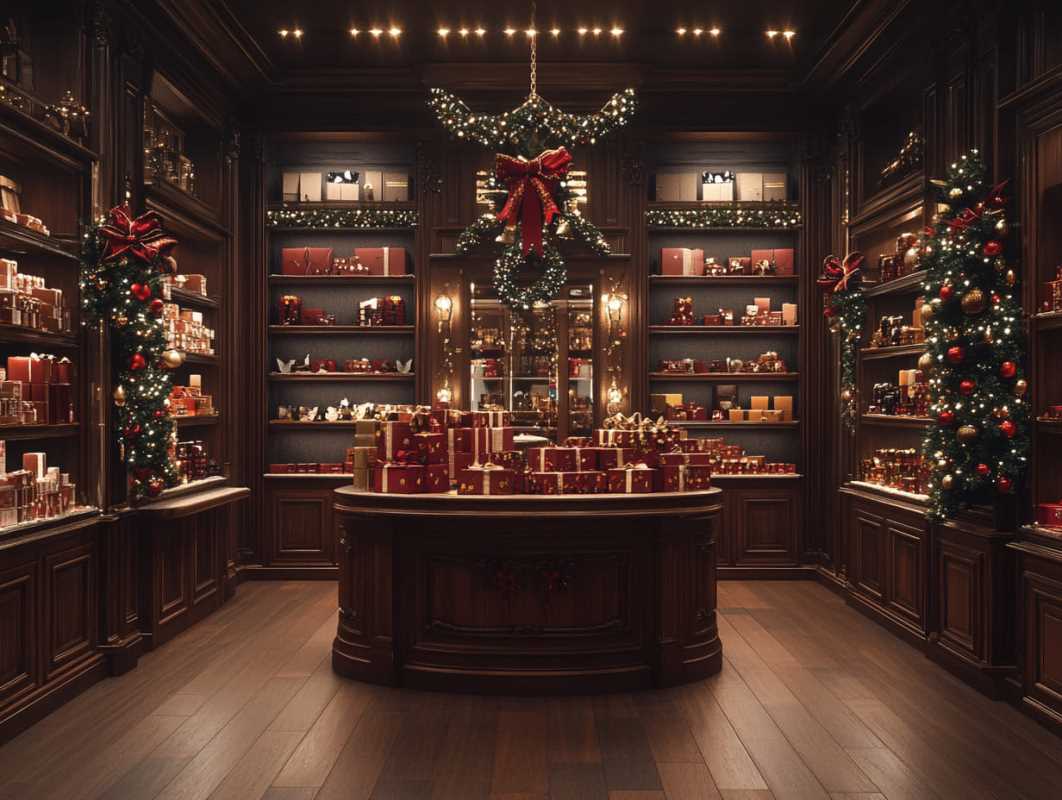As the seasons shift, so do the wants and needs of consumers. Shoppers are drawn to seasonal trends, whether it’s cozy sweaters in the fall, beach towels in the summer, or festive decorations during the holidays.
Strategic merchandising of seasonal products allows businesses to align their offerings with these changing preferences, creating opportunities to drive impulse purchases, capture attention, and boost overall sales. The key is making sure your displays and promotions feel timely, exciting, and aligned with customer expectations.
Plan Your Seasonal Strategy Early
Timing is everything when it comes to seasonal merchandising. A successful seasonal strategy begins with proactive planning—looking at upcoming holidays, consumer trends, and historical sales data to predict demand. A well-thought-out plan ensures that you have the right inventory on hand when shoppers are ready to buy. Waiting until the last minute can leave you scrambling or out of stock during the peak selling window.
Start by analyzing patterns from previous years. Look at which items flew off the shelves and when customers began showing interest. Use this data to forecast demand for the upcoming season. Having a clear timeline allows you to plan inventory, create promotional strategies, and set up seasonal displays well in advance. With early preparation, you can align your displays to spark excitement and anticipation among customers.
Craft Displays That Demand Attention
A well-designed display can transform a simple retail space into a customer magnet. When done right, seasonal displays act as visual invitations, drawing shoppers into a specific seasonal mood and inspiring purchases. Using thematic elements such as colors, decorations, or props can make displays feel timely and engaging. Think cozy fall vibes with pumpkin displays and warm sweaters, or a winter wonderland created with snowflakes, lights, and frosty decor. Visual appeal is critical for creating a memorable shopping experience.
Displays should do more than just look good; they should also tell a story about the products they showcase. Highlighting best sellers, trending items, or must-have seasonal favorites creates urgency and can influence impulse buying. Keep displays fresh by ensuring they're visually updated to align with the evolving season. If displays feel dynamic and timely, customers will be encouraged to browse and make purchases before the season passes by.
Leverage Seasonal Promotions and Bundle Offers
Discounts, promotions, and special offers are a surefire way to get shoppers excited about seasonal products. Offering strategic incentives makes it easier for customers to justify impulse purchases. Promotions could range from simple seasonal discounts to clever bundled packages that highlight multiple products. For example, during the summer, a beach towel paired with sunscreen could make for a compelling, one-stop-shop bundle. Such strategies make customers feel they’re getting added value while helping you move inventory quickly.
Promotions should always be visible and easy to understand. Clear signage, social media campaigns, and email newsletters are effective tools to ensure your message reaches your target audience. The more seamless the connection between your promotions and the customer experience, the higher the likelihood that shoppers will take advantage of the deal. With the right offer, you can turn a casual shopper into a loyal customer eager to return for future seasonal purchases.
Keep Things Fresh with Inventory Rotation
Seasonal shopping thrives on novelty, and there’s nothing worse for repeat visitors than stale displays. Regularly rotating inventory and refreshing displays can maintain interest and give customers new reasons to visit your store. For example, switching out decorations or rearranging featured products can make even familiar spaces feel new and exciting. Shoppers value variety, and showing them something different can renew their excitement about browsing your store.
To keep customers engaged, think about subtle shifts rather than complete overhauls. A fresh layout or new groupings of products can work wonders in making displays feel current and dynamic without requiring excessive effort. Timely inventory changes not only keep your store visually exciting but can also create a sense of urgency by reminding customers that seasonal trends wait for no one. Rotate items frequently to ensure repeat visitors always have a new shopping experience to look forward to.
Empower Your Team to Upsell and Connect
Your employees are the final piece of the seasonal merchandising puzzle. Staff members interact with customers every day, so equipping them with the right knowledge and training can elevate the entire customer experience. Employees should understand the features, benefits, and uses of seasonal products, enabling them to make personalized recommendations and offer upsells to customers. Upselling isn’t about pressuring customers; it’s about creating helpful, engaging shopping experiences.
Staff training should focus on ensuring employees can confidently identify key seasonal trends, suggest complementary products, and highlight promotions that align with customer needs. Encouraging conversations that feel personal rather than transactional creates meaningful connections with customers and builds brand loyalty. Shoppers are more likely to trust a knowledgeable employee who shows genuine enthusiasm about the product they’re promoting.
Continuously Monitor and Adjust Your Strategy
No strategy is ever perfect from the get-go, and seasonal merchandising is no exception. The retail landscape is always changing, and it’s essential to monitor how your efforts are performing. Use customer feedback, sales data, and observation to determine what strategies are resonating with your audience and what isn’t performing as expected. Every season brings the opportunity to learn and adjust your approach for future success.
Look at metrics like product turnover rates, sales data, and customer engagement to gauge how well your displays, promotions, and inventory align with consumer desires. If certain products aren’t moving as expected, adjust your promotions or try new display strategies. On the flip side, identifying trends that are performing well can provide insights into opportunities for expansion. Always stay agile, ready to pivot when trends shift or unexpected challenges arise. Flexibility and a data-driven approach can help you maintain competitive edge and stay in sync with market trends.
Strategic Merchandising is a Seasonal Success Factor
Seasonal merchandising isn’t about merely putting out a few decorations or spotlighting a few products. It’s a calculated strategy that integrates planning, customer insight, display creativity, promotion, and ongoing analysis. Successful retailers recognize that each season brings its own trends, emotions, and shopping habits, and they use these insights to tailor their strategies accordingly.
By taking the time to plan ahead, create captivating displays, leverage promotions, keep inventory fresh, train employees, and monitor performance, you can ensure that your business thrives with each seasonal shift. The goal is to make shopping an exciting and seamless experience that engages customers and leaves them eager to return for the next season's offerings.
With creativity, strategy, and adaptability, seasonal merchandising becomes much more than a display — it becomes a memorable customer journey. So, as each season comes and goes, be ready to capture its magic, connect with shoppers, and watch your sales grow.
 (Image source: Midjourney)
(Image source: Midjourney) 


.jpg)


